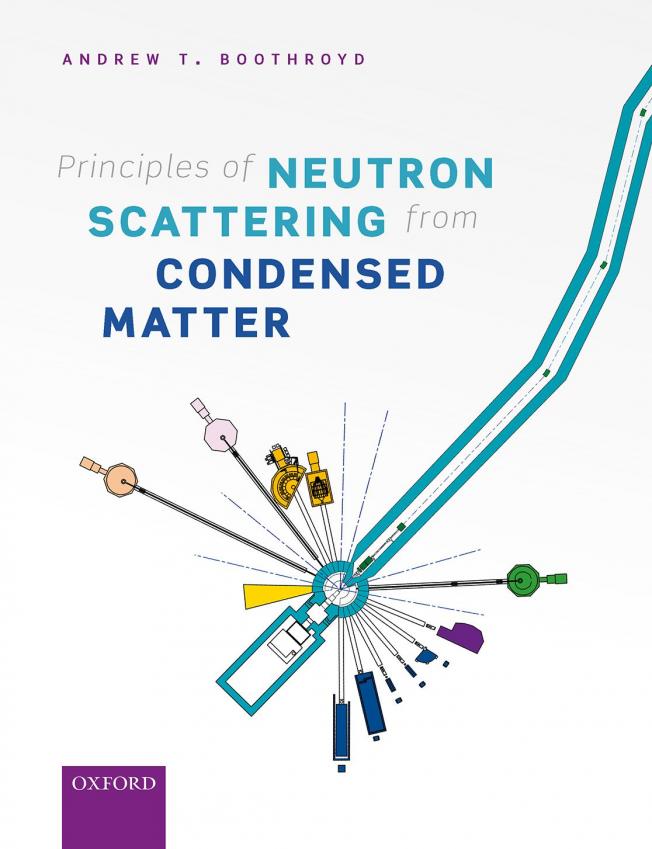Inward dispersion of the spin excitation spectrum of stripe-ordered La2NiO4+d
(2009)
Magnetic Coulomb phase in the spin ice Ho2Ti2O7.
Science 326:5951 (2009) 415-417
Abstract:
Spin-ice materials are magnetic substances in which the spin directions map onto hydrogen positions in water ice. Their low-temperature magnetic state has been predicted to be a phase that obeys a Gauss' law and supports magnetic monopole excitations: in short, a Coulomb phase. We used polarized neutron scattering to show that the spin-ice material Ho2Ti2O7 exhibits an almost perfect Coulomb phase. Our result proves the existence of such phases in magnetic materials and strongly supports the magnetic monopole theory of spin ice.Magnetic order and dynamics of the charge-ordered antiferromagnet La1.5Sr0.5CoO4
Phys Rev B AIP 80:13 (2009) 134414
Abstract:
We describe neutron-scattering experiments performed to investigate the magnetic order and dynamics of half-doped La1.5Sr0.5CoO4. This layered perovskite exhibits a near-ideal checkerboard pattern of Co2+/Co3+ charge order at temperatures below ~800 K. Magnetic correlations are observed at temperatures below ~60 K but the magnetic order only becomes established at 31 K, a temperature at which a kink is observed in the susceptibility. On warming above 31 K we observed a change in the magnetic correlations which we attribute either to a spin canting or to a change in the proportion of inequivalent magnetic domains. The magnetic excitation spectrum is dominated by an intense band extending above a gap of approximately 3 meV up to a maximum energy of 16 meV. A weaker band exists in the energy range of 20–30 meV. We show that the excitation spectrum is in excellent quantitative agreement with the predictions of a spin-wave theory generalized to include the full magnetic degrees of freedom of high-spin Co2+ ions in an axially distorted crystal field, coupled by Heisenberg exchange interactions. The magnetic order is found to be stabilized by dominant antiferromagnetic Co2+–Co2+ interactions acting in a straight line through Co3+. No evidence is found for magnetic scattering from the Co3+ ions, supporting the view that Co3+ is in the S=0 state in this material.Nature of the magnetic order and origin of induced ferroelectricity in TbMnO$_3$
(2009)
X-ray resonant scattering study of the magnetic phase diagram of multiferroic TbMnO3
PHYSICA B Elsevir 404:19 (2009) 3264-3266


